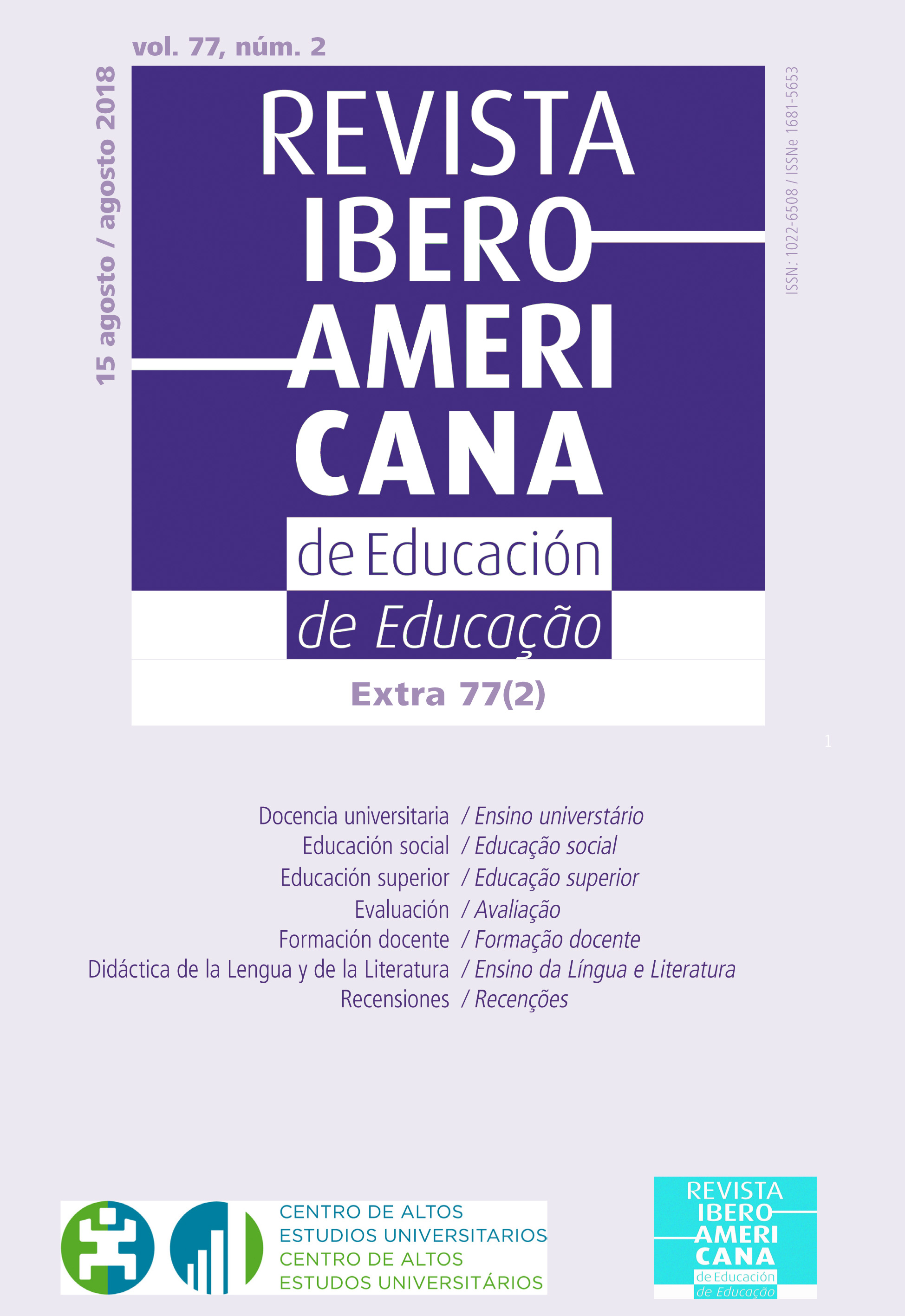The Language Awareness Approach. Critical thinking in second language acquisition
DOI:
https://doi.org/10.35362/rie7722843Keywords:
Applied linguistics, second language education, critical thinking, language awareness approach (laa), ; bicultural and multicultural education, bilingual and multilingual educationAbstract
This paper reviews current theoretical research in second language methodology and on how the Language Awareness Approach, specifically, is key to successful second language teaching due to its holistic approach. LAA methodology gives students the tools and confidence to internalize the second language for the long term, by promoting the use of critical thinking. Through the Language Awareness Approach, students become highly motivated self-learners, expertly analyzing the syntax of their native language as well as that of the second language. As students become more skilled in understanding how language works, they are able to internalize the new language and make it their own. The paper closes by drawing conclusions of second language methodology appropriate for our contemporary times.
Downloads
References
Bolitho, R., Carter, R., Hughes,R., Ivanic, R., Mashura, H., and Tomlinson, B. (2003). Ten Questions about Language Awareness, Oxford University Press.
Cots, J., Armengol, L., Arnó, E., Irún, M., & Llurda, E. (2007). La conciencia lingüística en la enseñanza de lenguas. Barcelona: Graó.
Ehri, L. (1975). Word Consciousness in Readers and Prereaders. Journal of Educational Psychology.
Fairclough, N. (1995). Critical Discourse Analysis. Londres: Longman.
Hawkins, Eric (1984). Awareness of Language: An Introduction. Cambridge, New York, Cambridge University Press.
Hymes, Dell (1971). Thirty Years of Linguistic Evolution: The concept of communicative competence revisited. University of Virginia, Charlottesville, U.S.A.
Instituto Cervantes. (2017). Conciencia Lingüística, Centro Virtual Cervantes. Diccionario de términos ELE. Consultado en: http://cvc.cervantes.es/ensenanza/biblioteca_ele/ diccionario/conciencialinguistica.htm
Jolibert, Josette. (2000). “¿Mejorar o Transformar “de veras” la formación docente? Aspectos críticos y ejes clave.” Lectura y vida.
Krashen, S. Principles and Practice in Second Language Acquisition (1982). Oxford: Pergamon Press Inc., University of Southern California.
Kumaravadivelu, B. (2006). Understanding Language Teaching. From Method to Postmethod. San Jose State University, Lawrence Erlbaum Associates, Publishes. Mahwah: New Jersey.
Manrique y Gramigna. (1987). Función de la conciencia lingüística en el aprendizaje de la lectoescritura.
Manrique A. y Signiorini A. (1997). Del habla a la escritura. La conciencia lingüística como una forma de transición natural. Lectura y vida.
Marco, M. y Zúñiga, E. (2014). La conciencia lingüística en la enseñanza del español como lengua extranjera, Publicaciones Didácticas.
Merriam-Webster Dictionary of Language. (2016). Definition of Language. http://www.merriam-webster.com/dictionary/language
Pinker, S. (1994). The Language Instinct. New York, NY: Harper Perennial Modern Classics.
Richards, J.C. y Rodgers, T. (1995) Enfoques y métodos en la enseñanza de idiomas. Madrid: Cambridge University Press.
Rutherford, William. (1987). The meaning of grammatical consciousness-raising. Wiley Online Library. Consultado en: https://onlinelibrary.wiley.com/doi/abs/10.1111/j.1467-971X.1987.tb00201.x
Saussure, F. de (1967). Curso de Lingüística General. Buenos Aires: Losada.
Tomlinson, B. (1994). Pragmatic awareness activities. Language Awareness. 3/3.
Van Lier, L. (1998). «La relación entre concienciación, interacción y aprendizaje de lenguas». En Cots y Nussbaum, 2000.
Van Lier, L. (1995) «Lingüística Educativa. Una introducción para enseñantes de lenguas». Signos. Teoría y práctica de la educación.
How to Cite
Downloads
Published
Issue
Section
License
Any authors who publish with this journal accept the following terms:















